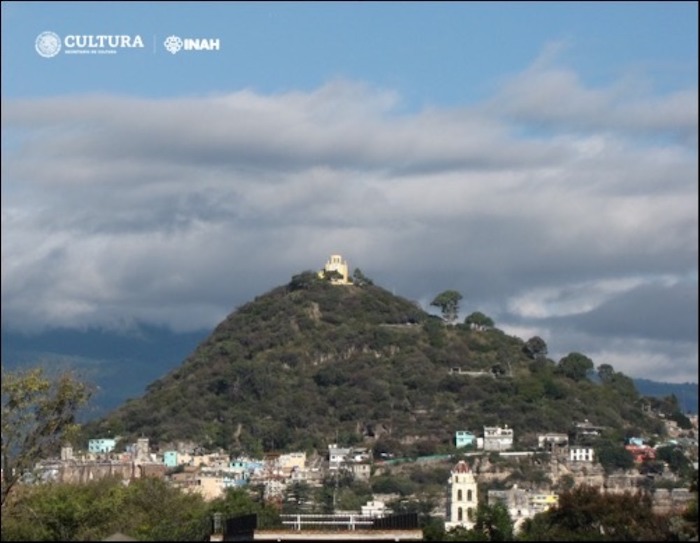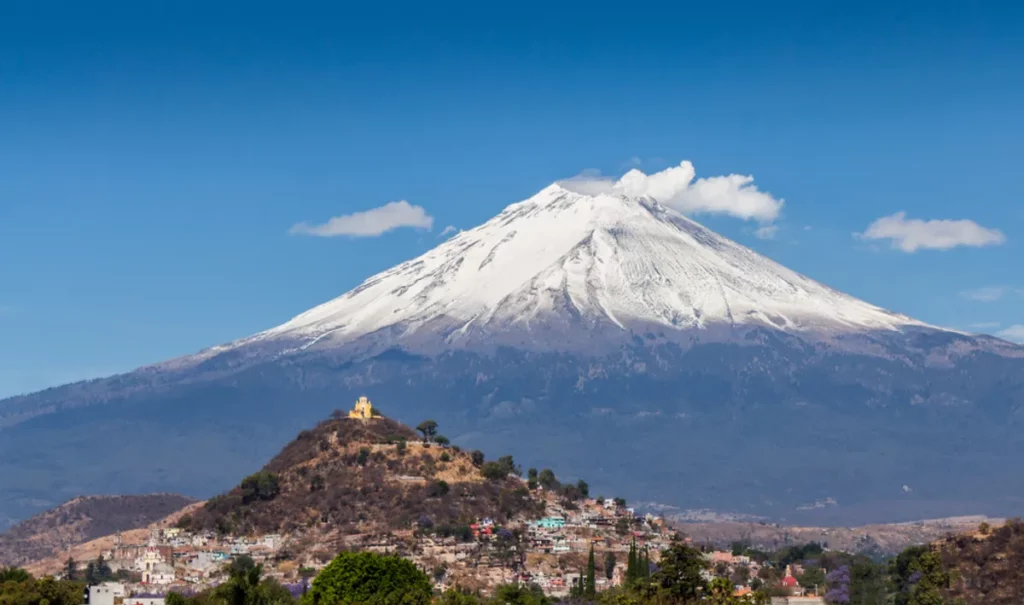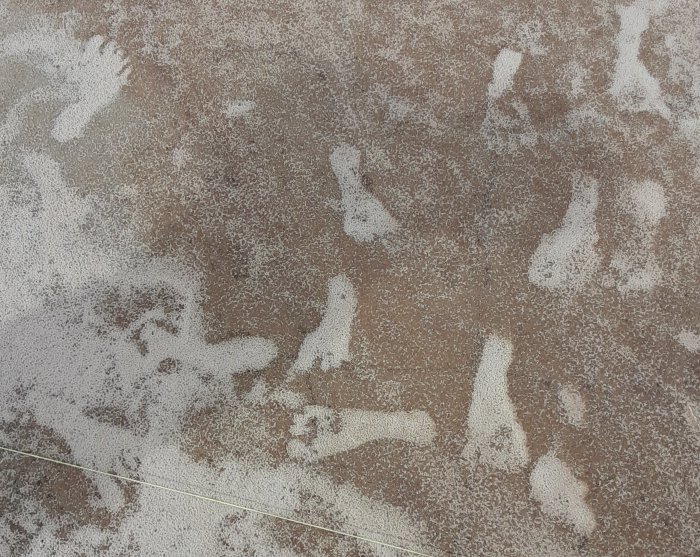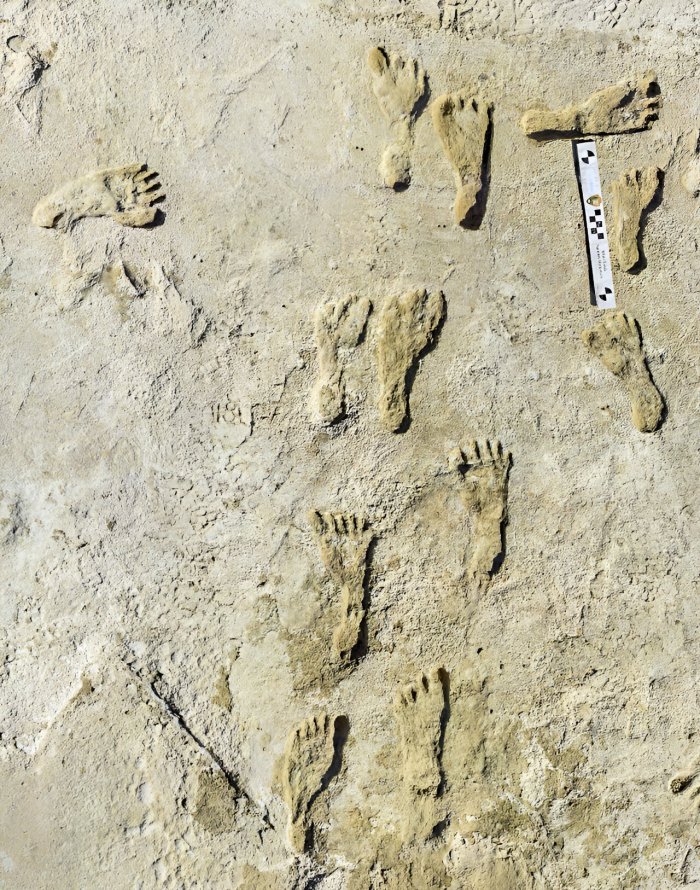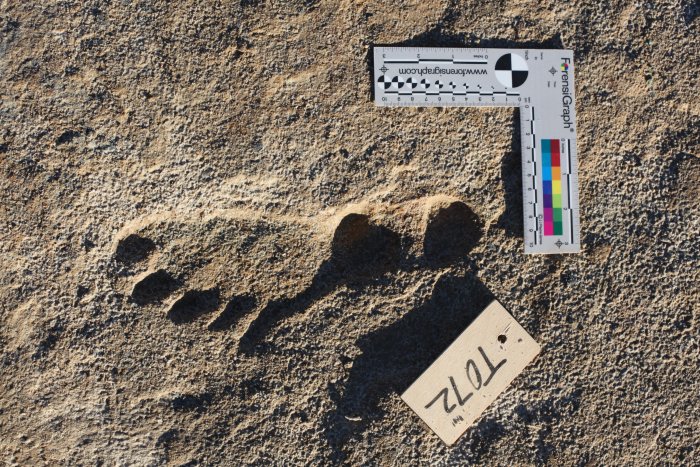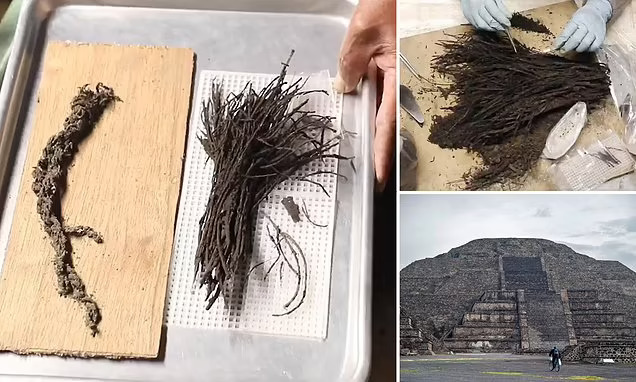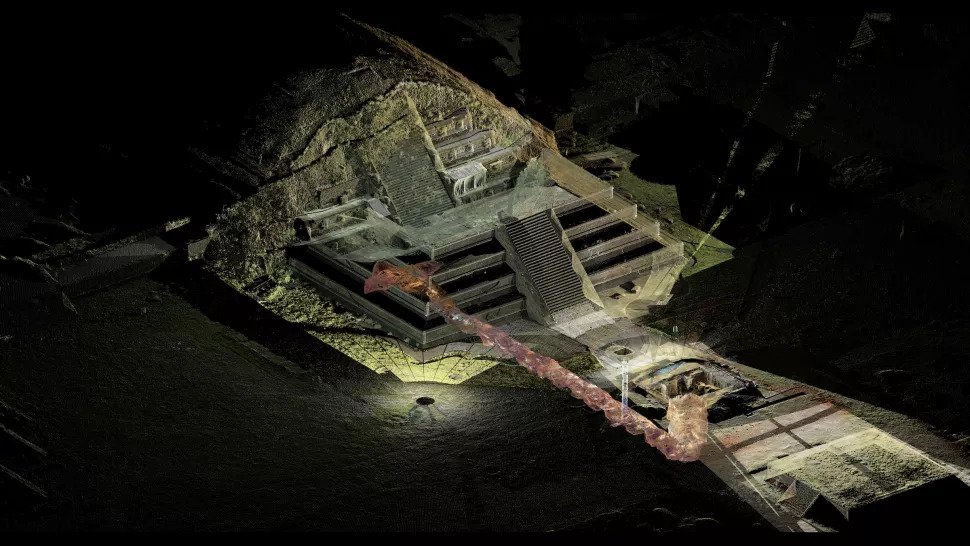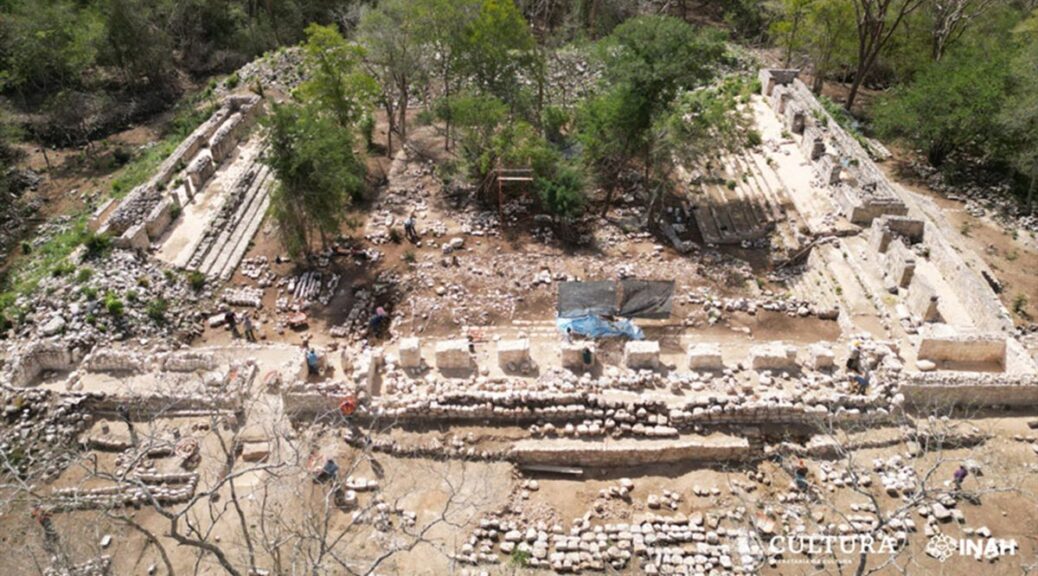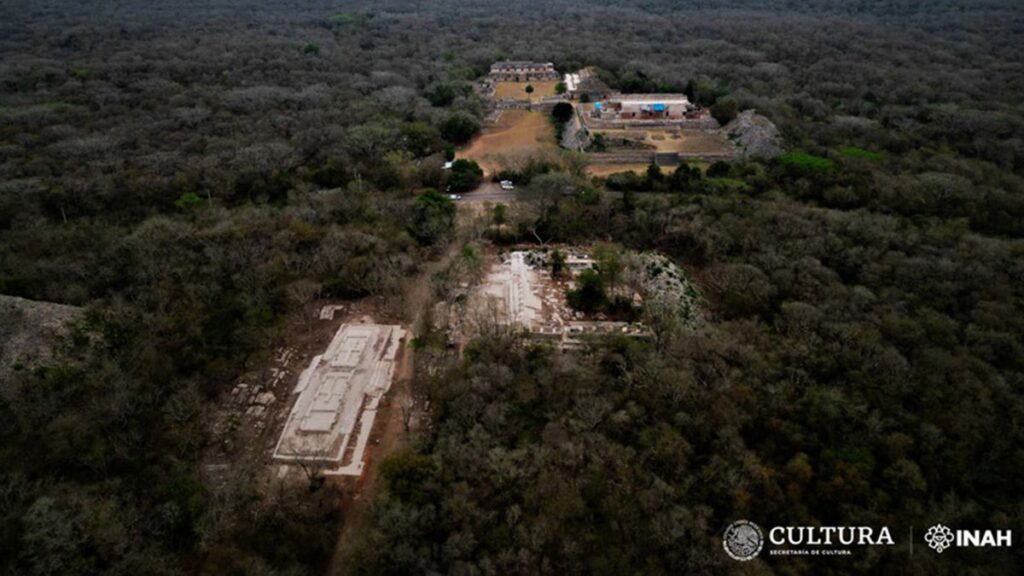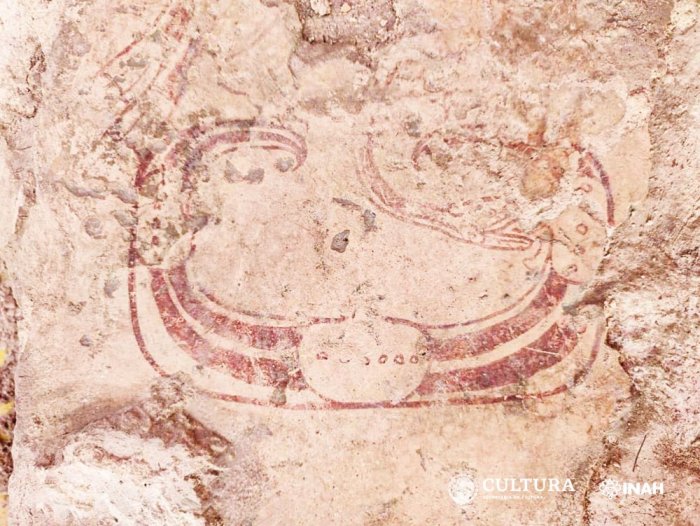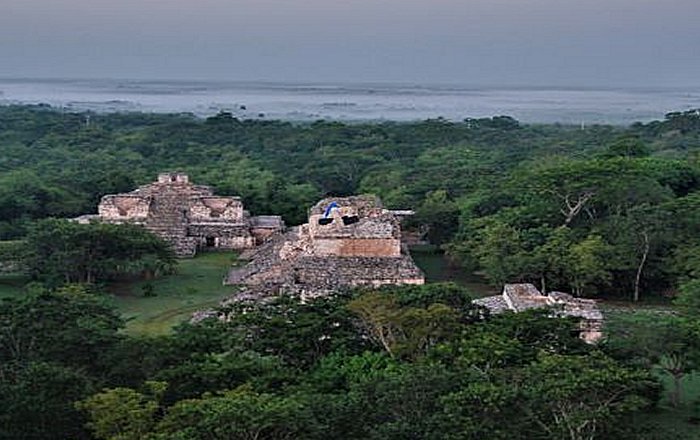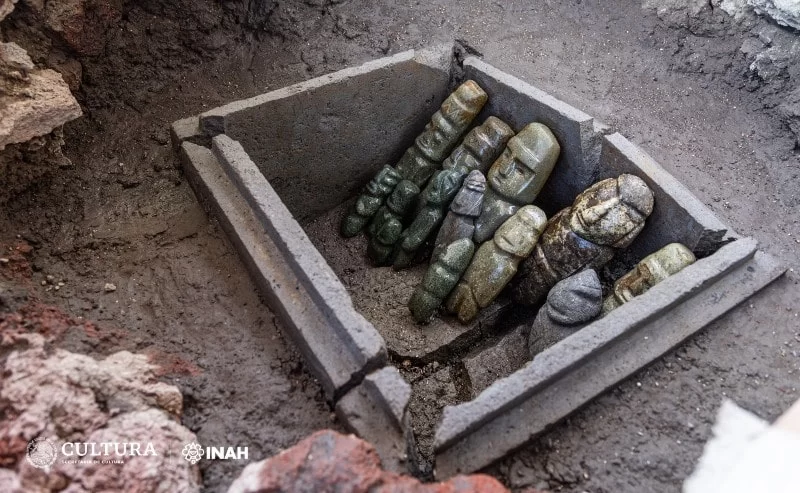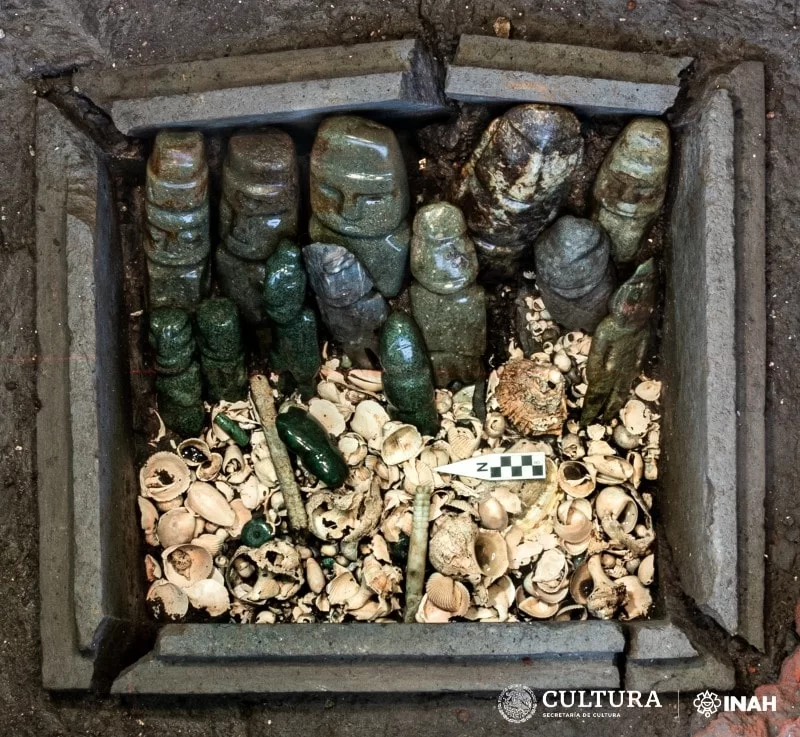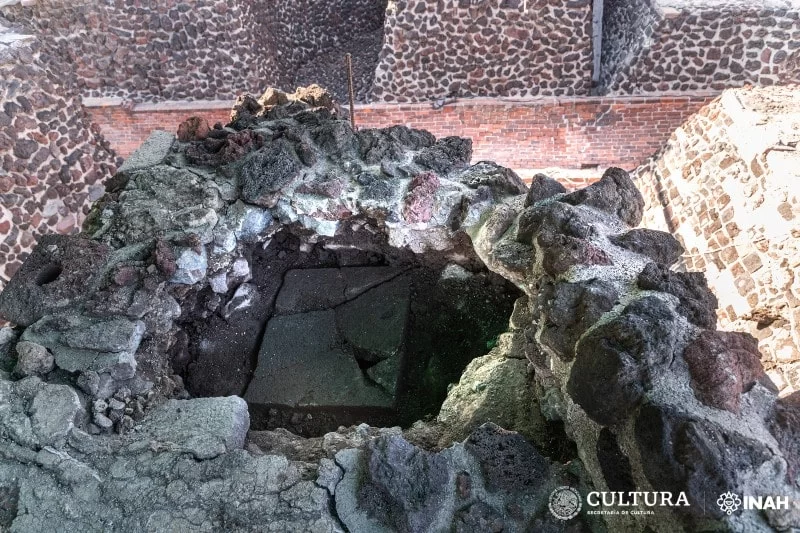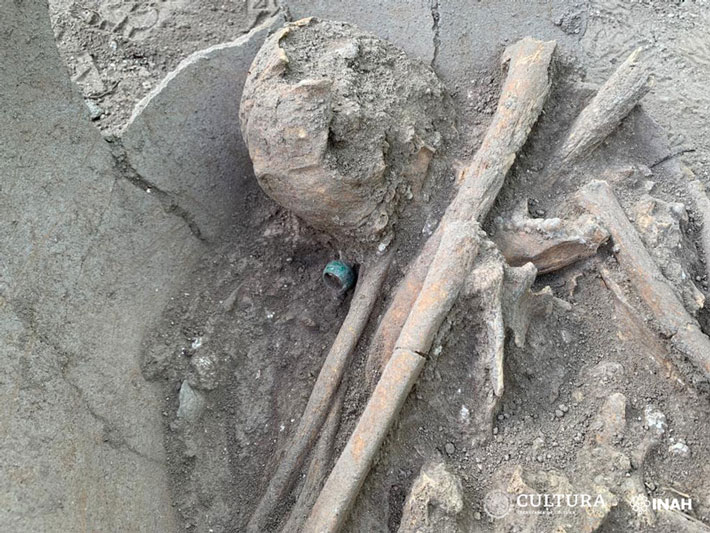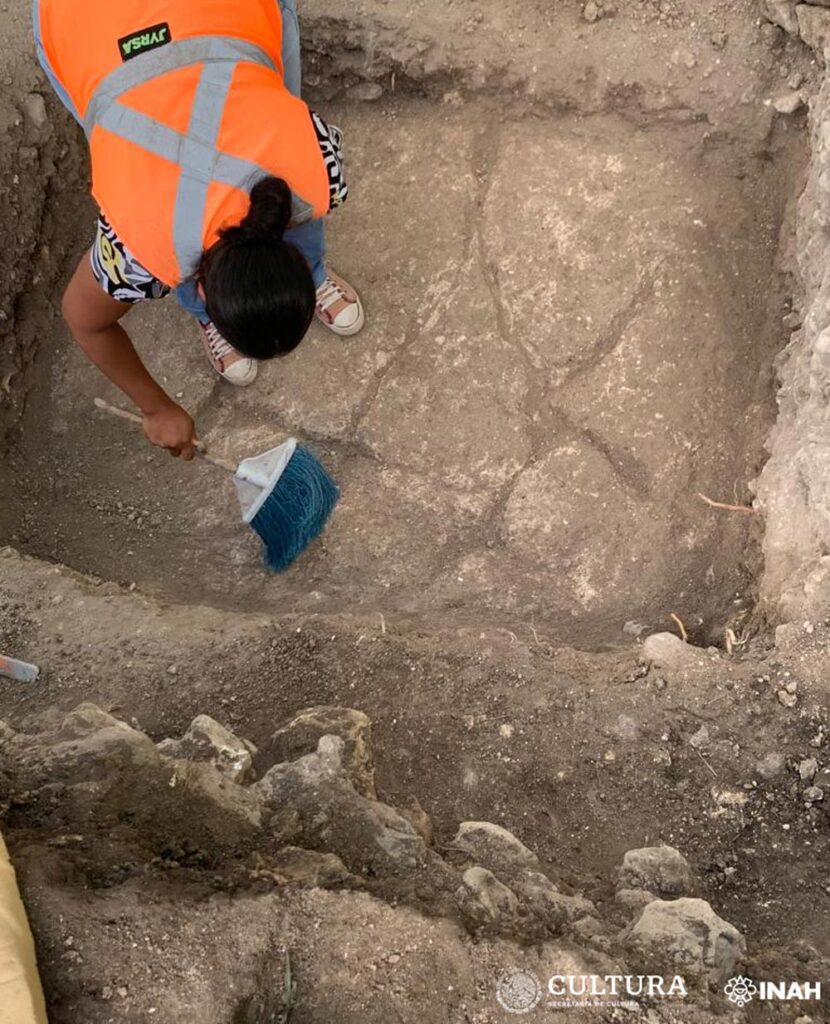‘The day the dinosaurs died’: Fossilized snapshot of mass death found on North Dakota ranch
A fossilised snapshot of the day about 66 million years ago when an asteroid hit Earth, fire rained from the sky and the ground shook far worse than any current earthquake, is captured in new studies. It was the day that almost all life on Earth, including dinosaurs, went extinct.
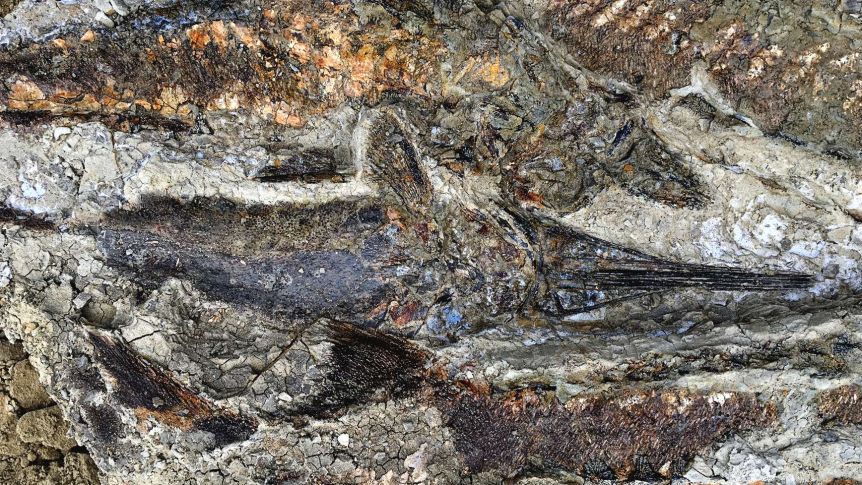
Fossil evidence discovered in Tanis, North Dakota, was revealed by the researchers, which they said dated back to the day the fatal asteroid hit, including fish with hot glass beads clogged in their gills from flaming debris that showered back on Earth.
According to a paper published by the journal Proceedings of the National Academy of Sciences, the fossilised fish graveyard reveals the sea creatures died within the first minutes or hours after the impact of the asteroid.
The researchers also reported the discovery of charred trees, evidence of an inland tsunami and melted amber.
The main author of the article, Robert DePalma, is curator of palaeontology at the Palm Beach Museum of Natural History in Florida and a doctoral student at the University of Kansas.
He told the University of Berkeley that the killing field he examined was the result of the meteor impact, which marked the end of the Cretaceous Period, also known as the KT boundary, and ended much of life on Earth.

“This is the first mass death assemblage of large organisms anyone has found associated with the KT boundary,” Mr DePalma said. Mr DePalma was first alerted to the site by a private collector in 2012.
Purdue University geophysicist and impact expert Jay Melosh, who wasn’t part of the research but edited the paper released on Friday, called it the field’s “discovery of the century”. “This is the death blow preserved at one particular site. This is just spectacular,” he said
Separately, University of Amsterdam’s Jan Smit disclosed that he and his colleagues even found dinosaur footsteps from just before their demise.
Dr Smit said the footprints — one from a plant-eating hadrosaur and the other of a meat eater, maybe a small Tyrannosaurus Rex — is “definite proof that the dinosaurs were alive and kicking at the time of impact … They were running around, chasing each other” when they were swamped.
But other experts said that while some of Mr DePalma’s work is fascinating, they have some serious concerns about the research, including the lack of access to this specific Hell Creek Formation fossil site for outside scientists.
Hell Creek — which spans Montana, both Dakotas and Wyoming — is a fossil treasure trove that includes numerous types of dinosaurs, mammals, reptiles and fish trapped in clay and stone from 65 to 70 million years ago.
Kirk Johnson, director of the Smithsonian National Museum of Natural History who also has studied the Hell Creek area for 38 years, said that the work on the fish, the glass and trees “demonstrates some of the details of what happened on the day”.
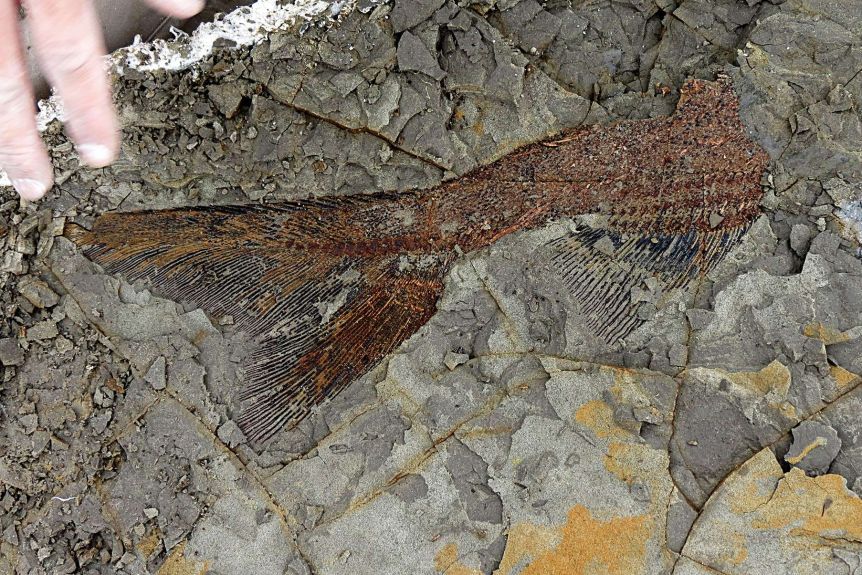
“That’s all quite interesting and very valid stuff,” he said. But Dr Johnson said that because there is restricted access to the site, other scientists can’t confirm the research. Dr Smit said the restrictions were to protect the site from poachers.
Dr Johnson also raised concerns about claims made by the main author, Mr DePalma, that appeared in a New Yorker magazine article published on Friday but not in the scientific paper.
However, when asked about concerns over site access, Mr DePalma told the ABC that “other researchers not on the original author list” had already been granted access to the site on multiple occasions.
“It is a fabulous and important opportunity for such collaborations, and it is essentially no different than any other major site under the custodianship of institutions other than ours,” he said.
For decades, the massive asteroid crash that caused the Chicxulub crater in Mexico’s Yucatan Peninsula has been considered the likely cause of the mass extinction. But some scientists have insisted that massive volcanic activity played a role.
Dr Johnson and Dr Melosh said this helps prove the asteroid crash case. There were only a few dinosaur fossils from that time, but the footsteps are most convincing, Dr Smit said. There was more than dinosaurs, he said.
The site includes ant nests, wasp nests, fragile preserved leaves and fish that were caught in the act of dying. He said that soon after fish die they get swollen bellies and these fossils did not show swelling.
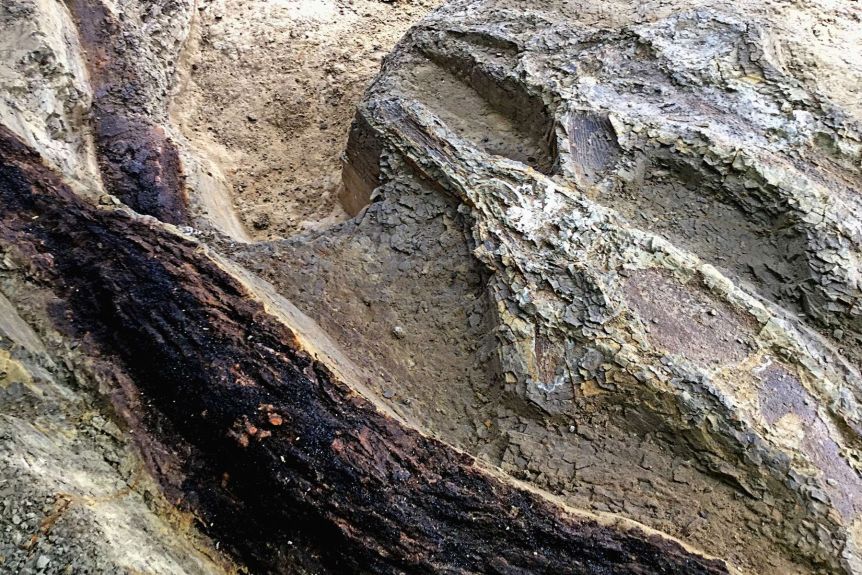
The researchers said the inland tsunami points to a massive earthquake generated by the asteroid crash, somewhere between a magnitude 10 and 11 — stronger than the 2004 Boxing Day earthquake, found to be a magnitude 9.0 earthquake.
Purdue’s Dr Melosh said as he read the study, he kept saying “wow, wow, what a discovery”. The details coming out of this are “mind-blowing,” he said.
